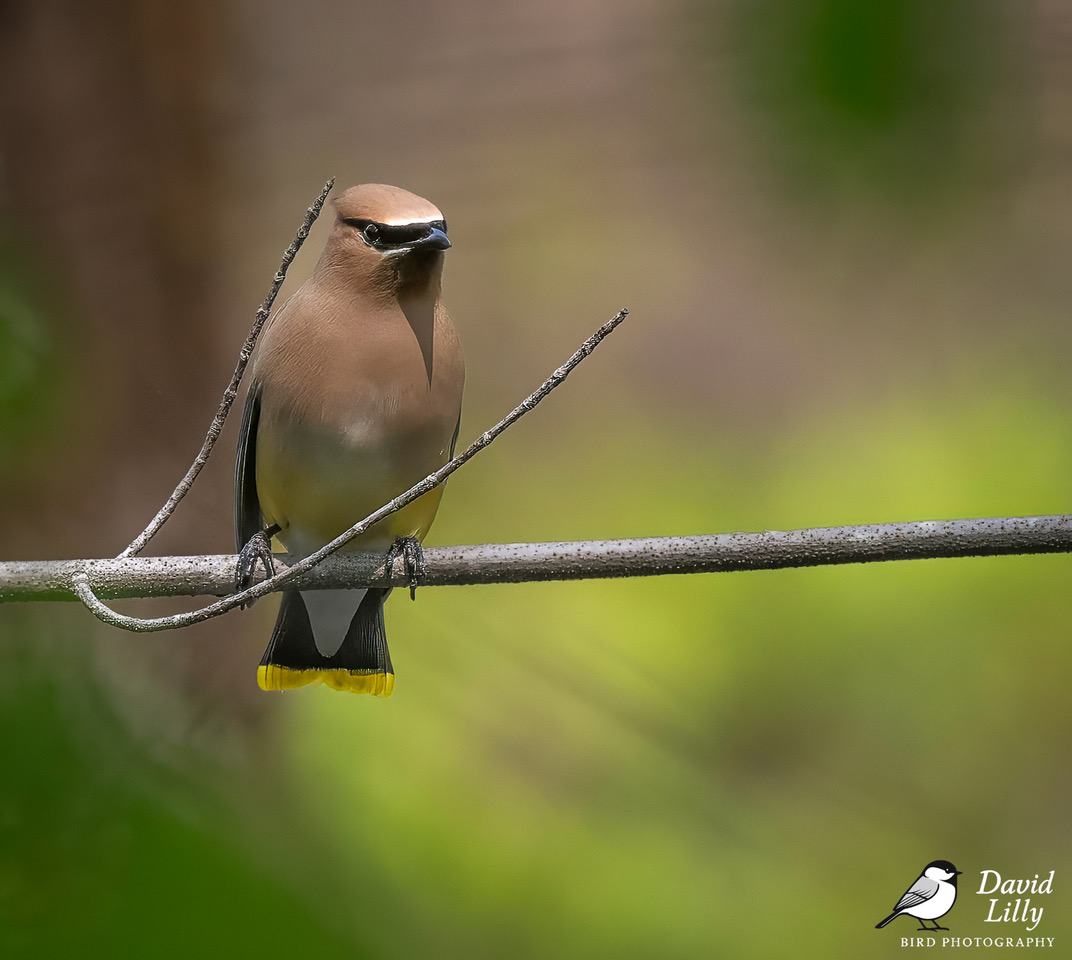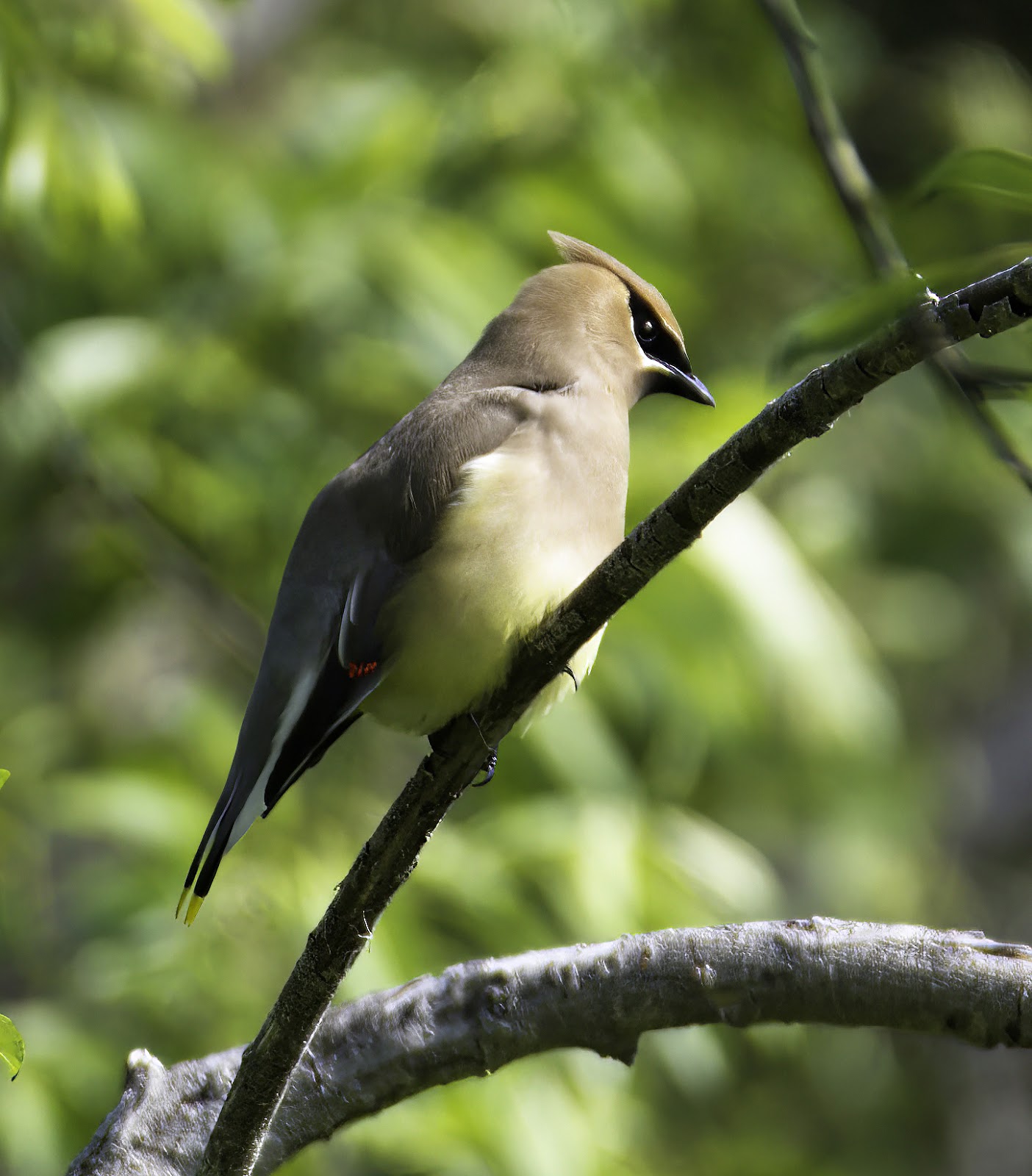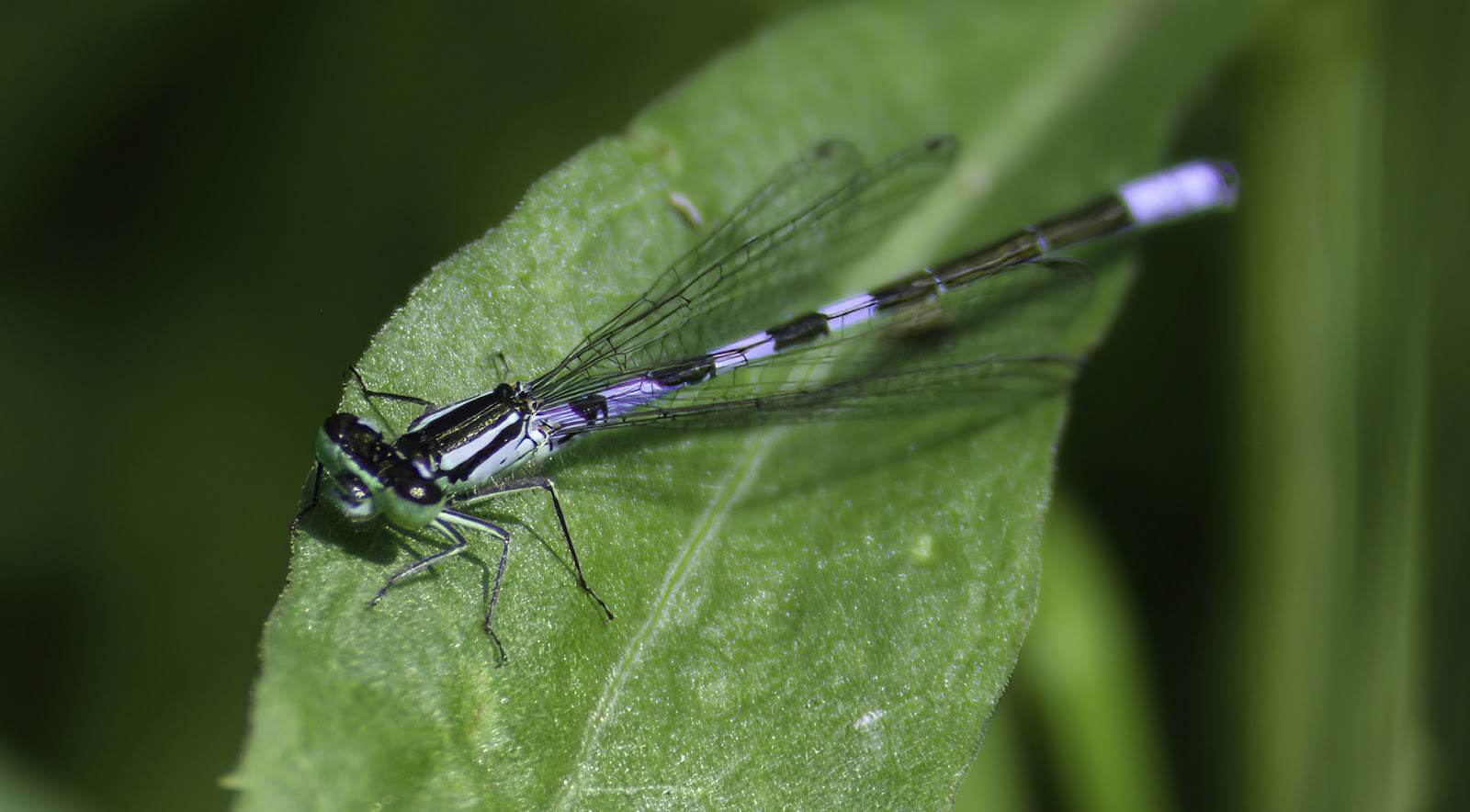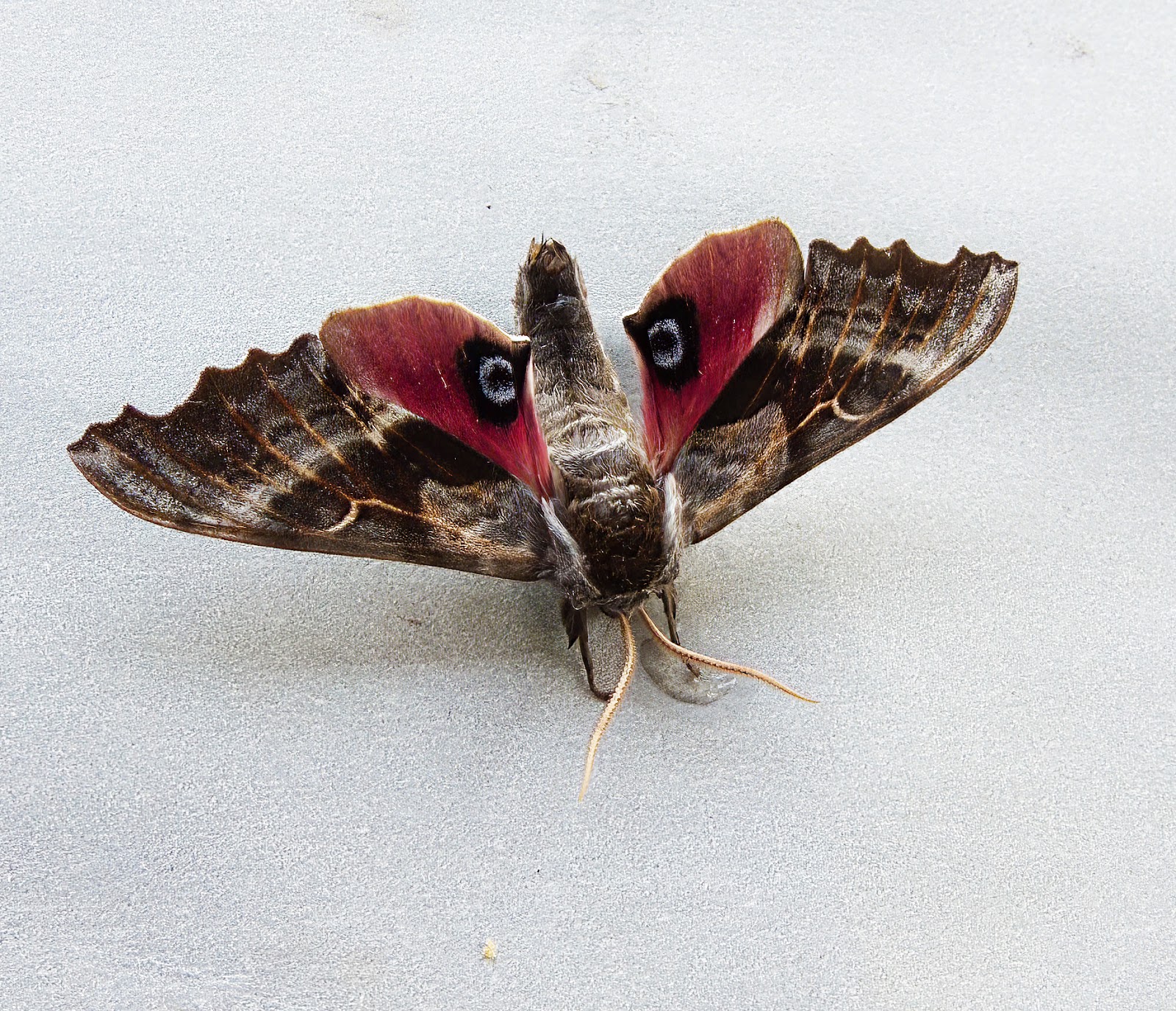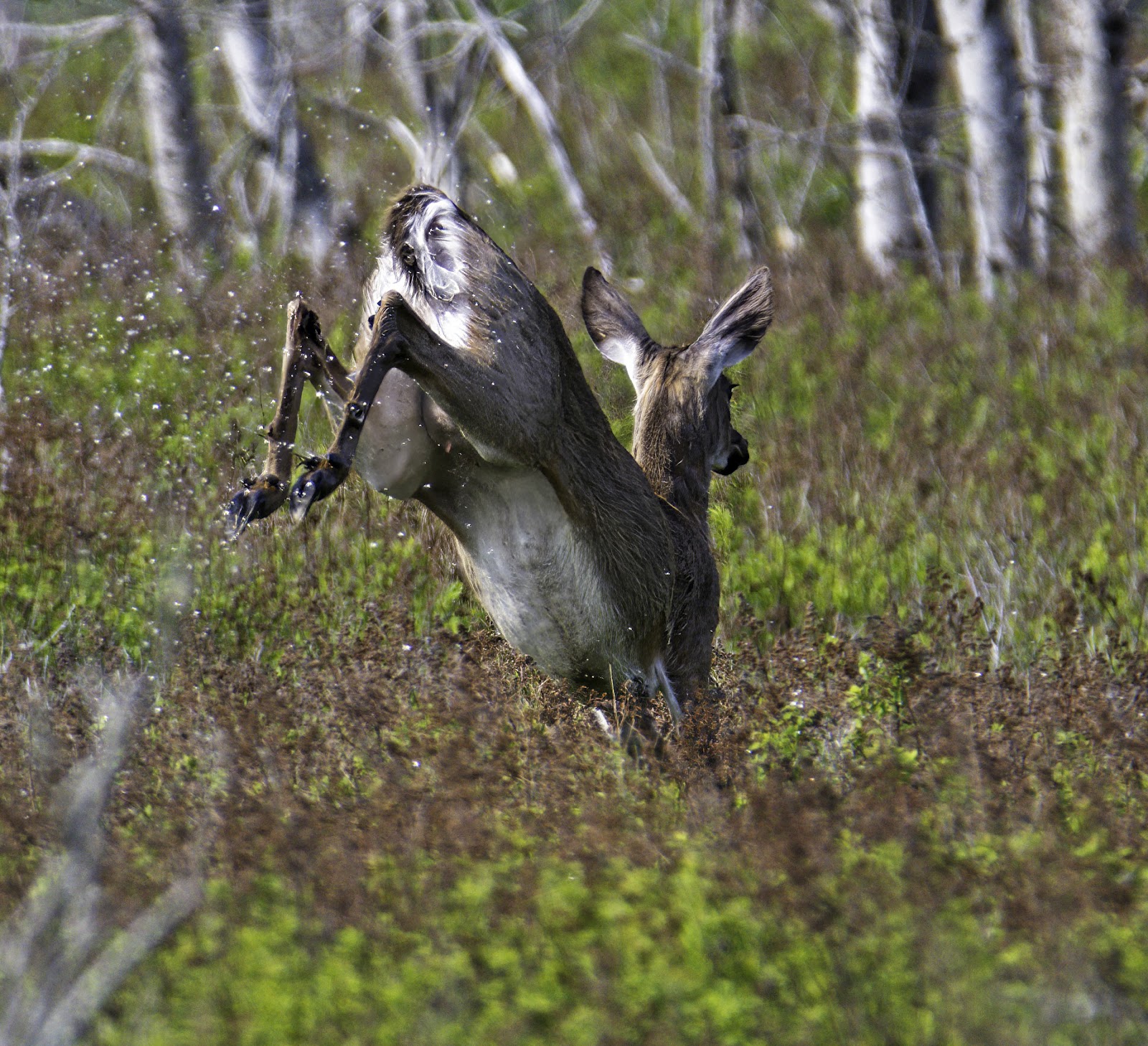NATURE
MONCTON NATURE NEWS
June 5, 2025
Nature Moncton members, as
well as any naturalist in New Brunswick or beyond, are invited to share
their photos and descriptions of recent nature sightings to build a fresh
(almost) daily edition of Nature News
To
respond by e-mail, please address your message to the information line
editor, nelsonpoirier435@gmail.com .
Please
advise the editor at nelsonpoirier435@gmail.com and the proofreader
Louise Nichols at Nicholsl@eastlink.ca if
any errors are noted in wording or photo labelling.
For more information
on Nature Moncton, check the website at www.naturemoncton.com
Proofreading
courtesy of Nichols nicholsl@eastlink.ca
To
view the live feed of the Peregrine Falcon nest cam on the summit of Assumption
Place in Moncton, go to:
**Nature Moncton end of the year barbecue is happening on June 17. The heads up is being made today as it is important to register if you are able to attend to allow for adequate food availability. All details and the email to register are at the end of this edition.
**Phil Riebel participated this week in the awesome morning at RiverTrail Orchard & Farm (organic farm) in Bryenton, NB. The apple trees were in full bloom, and there were bobolinks and cedar waxwings in the trees. The waxwings were eating the flower petals. Apparently, it provides key nutrients for these birds before the berries come out later in the summer.
**Cathy Simon was able to get a nice photo of a female rose-breasted grosbeak that shows her plumage as much more conservatively dressed as her brightly adorned male partner.
**Norbert Dupuis shares more special
photographic moments from his Memramcook East yard featuring a gray catbird
that nicely shows its often hidden cinnamon undertail coverts, a male yellow-bellied
sapsucker that does show more yellow on the belly than we usually see, and
a pair of rose-breasted grosbeaks.
**Cedar waxwing flocks are a pleasant addition to the bird community at the moment. We will continue to see them in flocks as they seek out forage opportunities. This species nests later in the season when berries ripen to feed their young, so they are not seeking out individual
nesting territories as yet.
David Lilly sends a photo of a cedar waxwing
that was nicely cooperative for a photo.
**On Wednesday morning, Brian Stone joined
Cathy Simon for an outing at Wilson Marsh (formerly Bell Marsh). Bird life was plentiful,
and other life was starting to show up too, such as dragonflies and
butterflies. Almost too much to take in with the short time they had to
explore. Some birds were vocal and clearly heard but not seen, like the sora
and the Virginia rail, although Brian did catch a brief glimpse of one rail.
One spot at a wooded section of the trail produced
the majority of the sightings of the day and included Baltimore oriole,
red-eyed vireo, warbling vireo, common yellowthroat, cedar waxwings, and yellow
warblers, to name a few. Tree swallows, swamp sparrows, red-winged
blackbirds, and eastern kingbirds were photographed, while eastern
phoebes sang out of sight. A pair of spotted sandpipers bobbed around
the water's edge in one spot, and pied-billed grebes were calling from several
locations. Two special sightings were a marsh wren singing in the reeds
and an American bittern hiding in the reeds (cryptically sky gazing). A couple of duck and
duckling families were noted with differing numbers of chicks.
Non-bird life photographed included a dot-tailed
whiteface dragonfly, a bluet damselfly, a northern azure
butterfly, and a suddenly startled white -tailed deer that ran
through the wetland with loud splashing and much bounding. Blue flag iris
and Canada mayflower were also blooming. On the day before, Brian went
out behind Crandall University, photographed the blooming pink lady's slipper
orchids, and quickly snapped the red fox that was passing through his
yard regularly. An unsteady, handheld photo of the first-quarter waxing Moon
turned out not too badly, but the predicted aurora did not show up for Brian
this time.
**The Nights have now become warm enough for many of our moths to start working the night shift, and it's time to start checking night-lit areas in the mornings for day-resting moths.
Nelson Poirier had a visit from one of the beautiful,
large, one-eyed sphinx moths on Tuesday night to allow for cooperative
open and close winged photos to show its scary ‘eyes’ to ward off predators.
**END-OF-THE-YEAR-BBQ!
Date: Tuesday June 17, 2025 at 6:30 PM
Location: Mapleton Park Rotary Lodge
Our June meeting will continue the tradition of a fun
social event with good food to celebrate the success of another fantastic
fall/winter series of meeting presentations, outings and workshops! Members and
non-members are invited to the Rotary Pavilion at Mapleton Park, where we will
serve some delicious beef and veggie hamburgers and enjoy a picnic outdoors.
Burgers and potato chips will be provided as a thank you from the executive for
all your help and participation, but we would welcome any other food
contributions brought for sharing.
After we feast on hamburgers, we’ll go inside and watch a
presentation of photos taken by participants of various nature highlights they
have had throughout the year. If you would like to share some of your
sightings, choose your best 10 photos and bring them on a USB stick. Photos of
birds, plants and insects, as well as photos of participants on outings, are
all welcome as ways to share great memories of the year.
To help us get an idea of how much food will
be needed, please let us know if you plan to attend the barbeque at naturemonctoncontact@gmail.com.
Bringing
some food to share is welcomed, but not required.
Hope to see you there. All are welcome, Nature Moncton
member or not.
Nelson Poirier.
Nature Moncton












